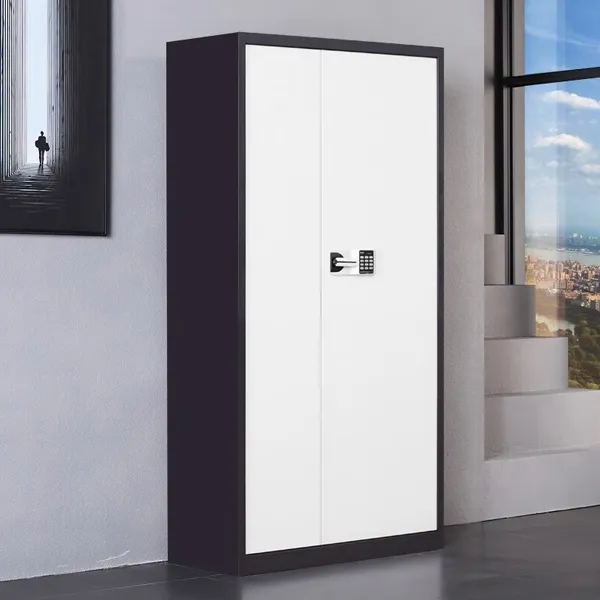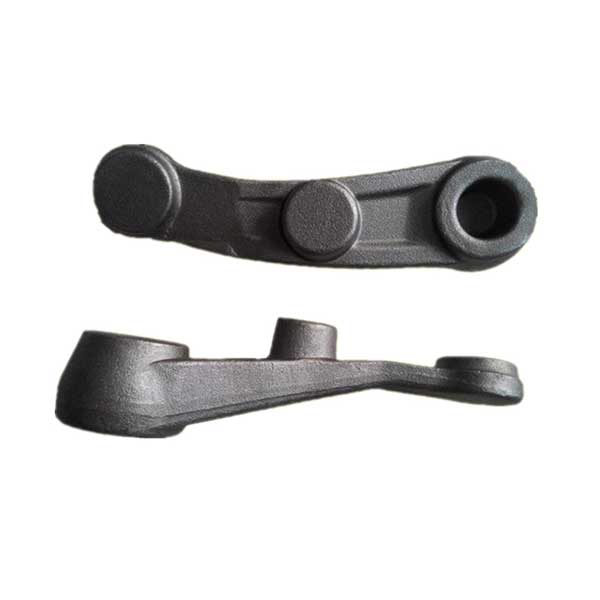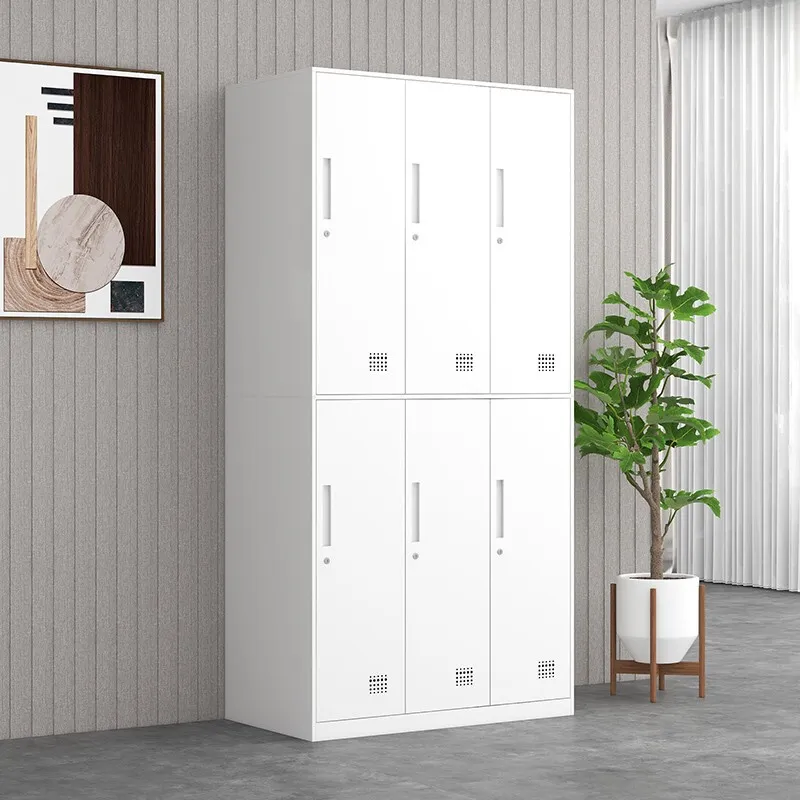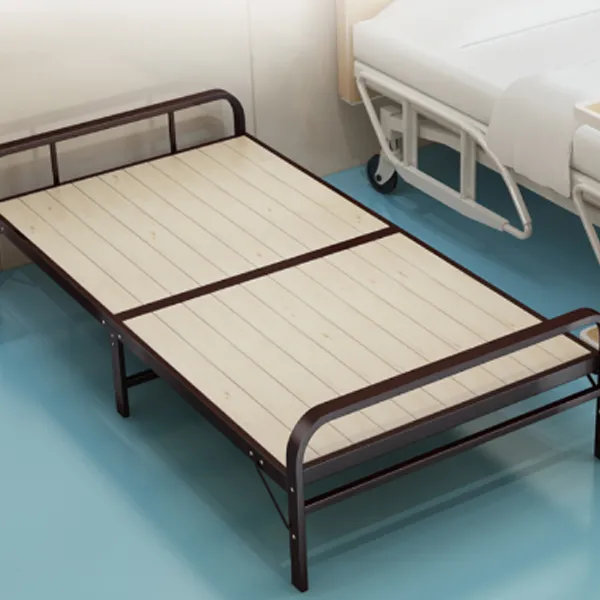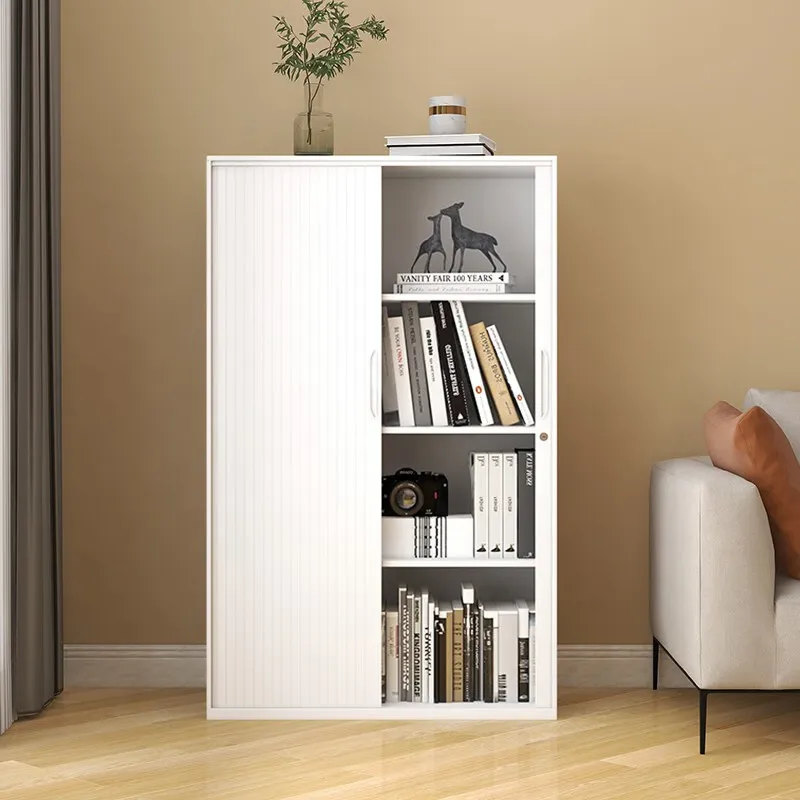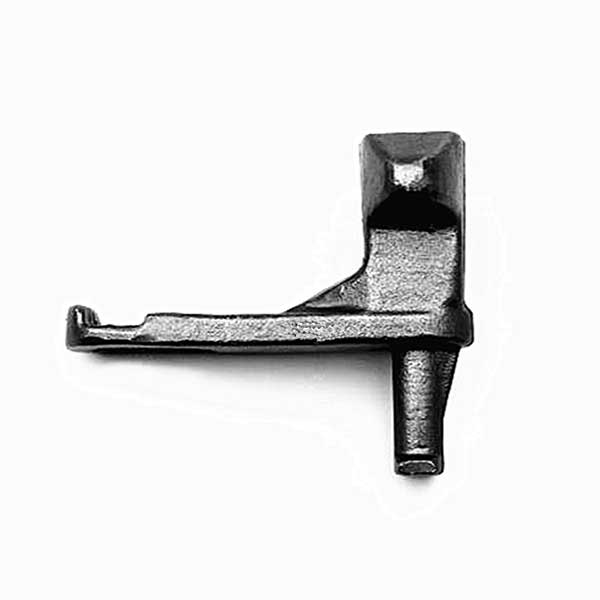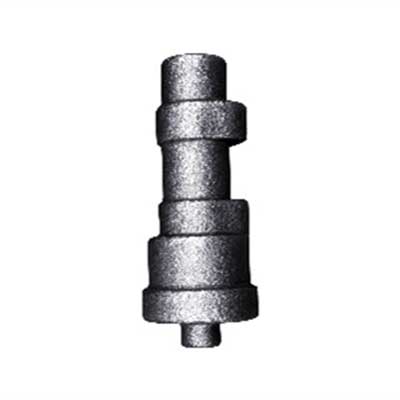A hydrated lime production line refers to a set of equipment and processes used for the production of hydrated lime, also known as slaked lime or calcium hydroxide. Hydrated lime is produced by adding water to quicklime (calcium oxide) in a controlled process.
The performance of a hydrated lime production line can be evaluated based on several key factors, including production capacity, lime quality, energy efficiency, and environmental impact. Here are some aspects to consider when assessing the performance of a hydrated lime production line.
HYDRATED LIME PRODUCTION LINE PERFORMANCE
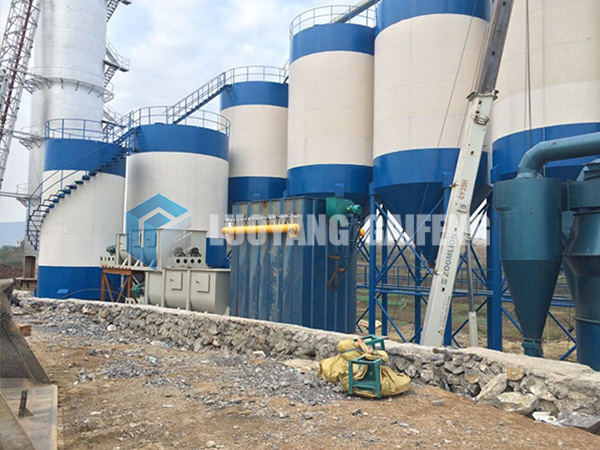
Production Capacity: The production capacity of the lime production line is a crucial factor. It determines the amount of hydrated lime that can be produced within a given timeframe. The line should be designed to meet the desired production requirements efficiently and consistently.
Lime Quality: The quality of hydrated lime is essential for its intended applications. The production line should ensure that the hydrated lime meets the required specifications and standards. This includes characteristics such as particle size distribution, purity, and chemical composition.
Energy Efficiency: Energy efficiency plays a significant role in the overall performance of the production line. The process should be designed to minimize energy consumption by optimizing equipment design, utilizing efficient heating systems, and incorporating waste heat recovery mechanisms, if applicable.
…
For more detailed information about the performance of the hydrated lime production line, please click to visit: https://www.ly-gaifeng.com/blog/hydrated-lime-production-line-performance.html




